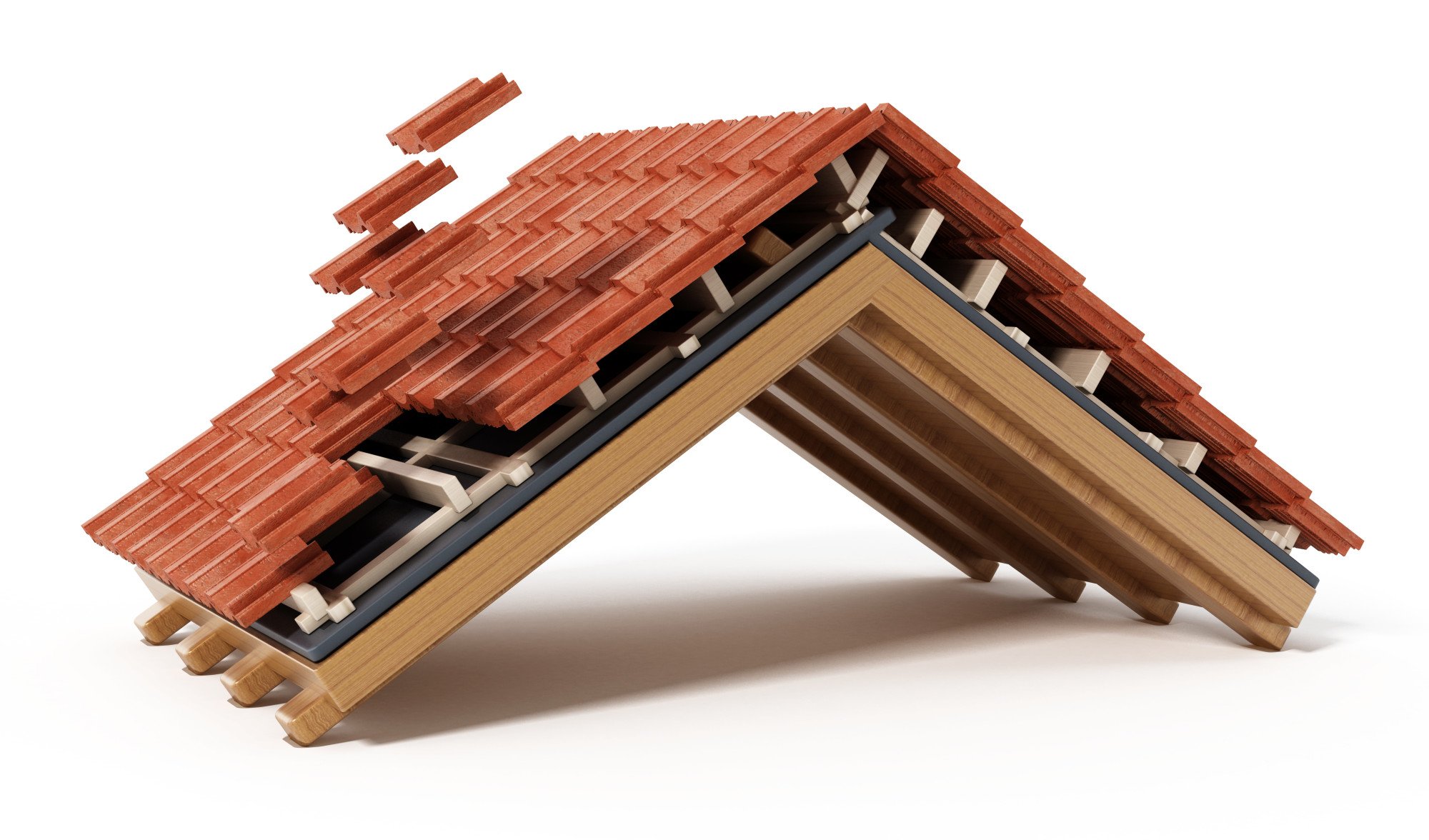Raising The Roof: 8 Things To Consider When Replacing A Roof

The US roofing industry will reach $19.9 billion in 2021. But not all roofing materials and companies are created equal.
There are various things to consider when replacing the roof to ensure you make a wise investment.
Read on for our top tips.
1. Should You Re-Roof or Not?
What does re-roofing mean? Basically, re-roofing also called a roof over, is when you place new shingles directly on top of the existing roof.
This lowers the cost of labor as well as the need to dispose of the old shingles. But most of the time, this is not a good idea.
For one thing, the new shingles won’t last as long due to retaining extra heat. There may also be issues with moisture.
Plus, there may be structural problems with your roof that won’t go away by just sticking on new shingles. You can even be at risk of voiding your warranty on your new shingles if you choose to re-roof.
2. Roofing Materials
There are so many roofing materials to choose from. The one you choose will make a big impact on the cost of your roofing job.
And it will also affect how long your new roof lasts.
Asphalt
The most common roofing material in the US is asphalt. They are easy to install and inexpensive.
Best of all they come in a wide range of colors.
Clay
Clay tiles add texture to a roof. They are non-combustible and long-lasting.
They are very heavy though and will need to be installed by an experienced roofer. Due to the weight, they may require extra framing.
Metal
Metal is an excellent, durable choice for residential and commercial roofs.
These shingles can last up to 50 years! Though you’ll pay more upfront for metal shingles, you won’t have to replace your roof ever again!
Metal roofs are virtually indistinguishable from asphalt. There are many types and styles to choose from.
Be prepared to pay a bit more for labor with metal shingles.
Slate
Slate is another durable, fire-resistant roof material. Best of all, slate is a sustainable choice because it is recyclable.
However, slate is expensive and heavy. You will need to put up extra framing to support its weight.
Professional installers will need to install this roof and it may take longer than other roofing options. That means the cost of labor could go up. .
3. Choosing the Right Contractor
Part of the roofing process is finding a quality contractor to perform the work.
Before you hire a contractor make sure you ask for proof of license and insurance. You’ll want to choose a contractor that has multiple years of experience.
Many contractors offer a free evaluation before offering a quote. This is a good way to meet the contractor and get a good estimate.
And you want to make sure you choose someone who typically works with the roofing material you’ve chosen.
Ask who will be the main point of contact that you will be dealing with. If it’s not the contractor, make sure you ask to have a phone or in-person meeting with this person before you move forward.
Make sure you find out how many other jobs your contractor has on the go. Find out how long it will take for your roof and how many people will be working on your job.
You don’t want an overbooked contractor who starts your job and leaves for a few days. The threat of rain means your roofing project should be completed as quickly as possible.
4. Cost of Labor
Comparing the square foot price of roofing materials is not enough. You also need to account for the cost of labor.
This may take up the bulk of your roofing budget. The cost of labor can vary greatly from one contractor to another.
Whether or not the work is guaranteed may also affect the price.
5. Ventilation
Another crucial part of the roofing process is adequate ventilation. This will help your roof last a long time.
Proper ventilation can keep the attic temperatures reasonable all year long. And it goes a long way in eliminating moisture during the winters.
Ask your contractor what kind of venting is included with your roofing.
6. Legal Permits
Did you know that in most cities you need a legal permit to replace your roof? Call your municipal building department or homeowner’s association to find out if you need a permit.
Your contractor may be able to help you get a permit for your project.
7. Consider Off-Season Roofing Work
In most areas of the United States, the optimal roofing season is from the end of spring to the beginning of fall.
Yet, this period is also the busiest time for roofing contractors. A skilled roofing contractor is capable of working outside this busy season.
You may want to consider hiring a crew to roof your home during the off-season. For one thing, your labor cost may be lower because of the lower demand.
Also, your contractor likely won’t have his crew divided on various jobs. This means that the whole crew may come and do your whole roof in a couple of hours.
You should definitely consider hiring a roofing company at the beginning of the off-season. Even light flurries won’t stop a skilled crew from completing your roof.
8. Warranty and Service
We mentioned warranties earlier in this post. It’s something you should spend time considering.
For added peace of mind, choose a contractor that offers a warranty on his or her workmanship and installation. Find out exactly what this warranty covers and for how long.
Is it just labor or is it the parts and the product?
Things to Consider When Replacing the Roof
Thanks for reading! We hope these 8 things to consider when replacing the roof helps you embark on this project confidently.
Next, learn how to choose the right roof color to bring your house together.



